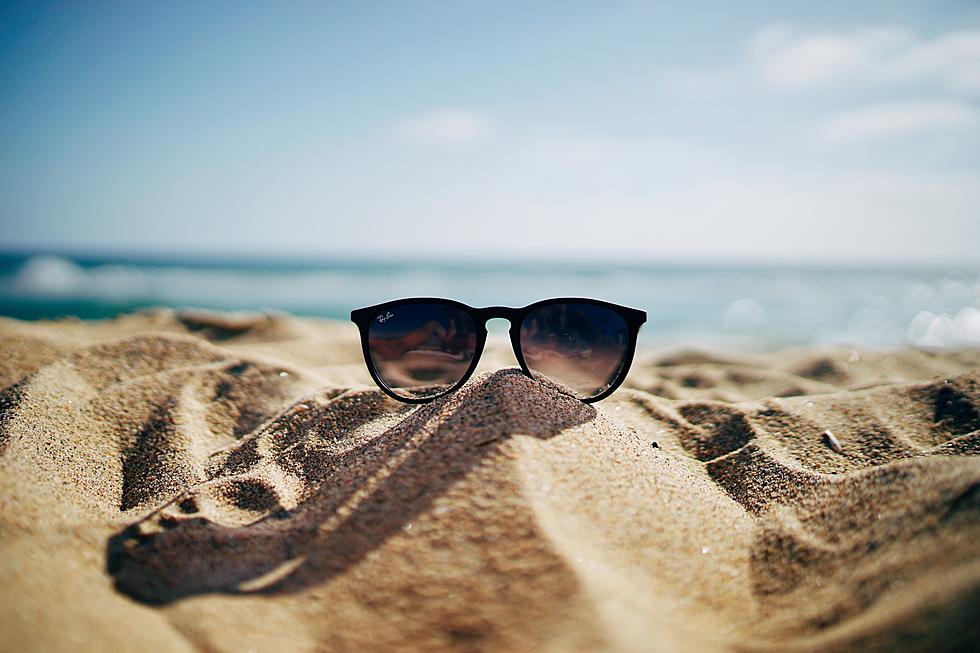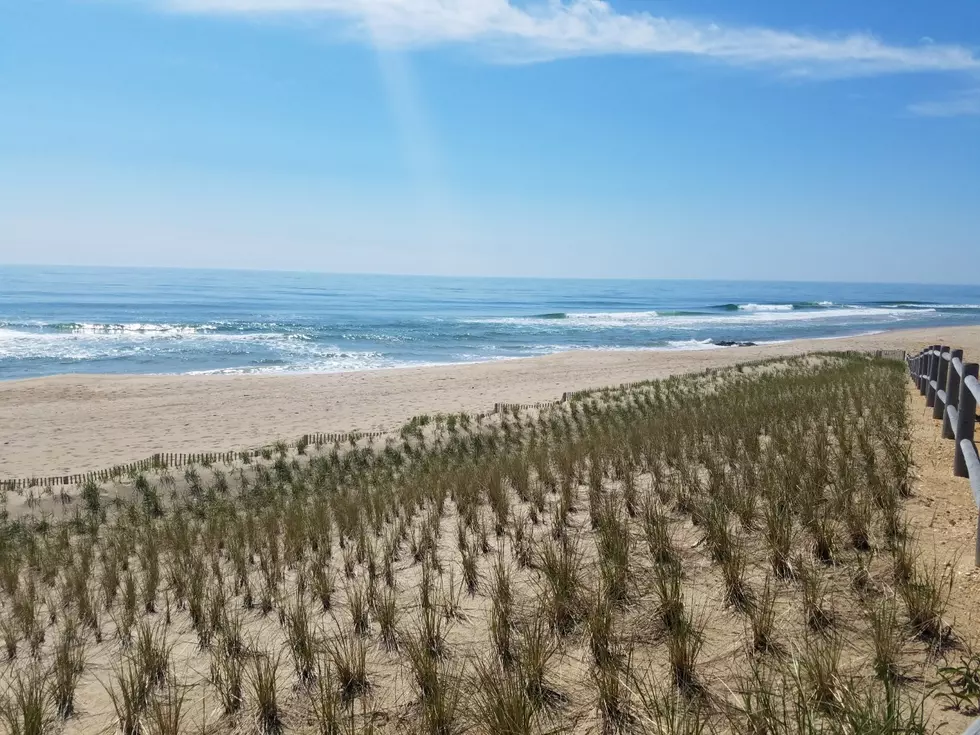What does it take to be a lifeguard at the Jersey Shore?
Do you think you have what it takes to be a lifeguard at the Jersey Shore? While it may look like fun (and there are times it is), it's more challenging than you may think.
The beach is the ideal place to be during the summer but even with all the fun we can have, there are rules to be followed and lifeguards there to enforce them.
On the final day of our series on first responders, we learn what it takes to be a lifeguard.
Harvey Cedars Chief Lifeguard Randy Townsend says lifeguards have to be very proficient swimmers to start with and then make sure they're in compliance with standards enforced by the U.S.L.A., the state and U.S. Lifesaving agency.
"We do rigorous training annually, we're overseen by the United States Life Saving Association, the New Jersey Health Department, Ocean Lifeguarding Association and are accredited by many agencies that have strict standards that we have to comply by," Townsend said. "Any basic lifeguard is going to have to be a very proficient swimmer to meet the standards of the U.S.L.A., the state and O.L.A. We also certify everybody here, with our agency, with open water life saving, professional first-aid, CPR and AED use and we practice all of this on a daily basis."
The rigorous training coincides with the tests each of the lifeguards have to pass to join a beach squad.
"All rookie lifeguards have to go through rookie school which is a test battery for all of the rescue techniques," Townsend said.
He explained that all lifeguards must pass an open water swim test of 550 meters that has to be completed in under ten minutes and complete a run, swim and paddle board run in less than eight minutes.
Once on the squad, lifeguards must complete daily training.
"Every morning we have role call, maybe a half-mile swim or a light run on the beach or in the bay, depending on the weather and ocean conditions, and we practice our first-aid and CPR skills," Townsend said.
Townsend says it's important for lifeguards to be well versed in all the up to date techniques and CPR training.
Beach safety is the most important thing when you're trying to have some summer fun in the sand and in the water.
Lifeguards check the daily conditions of the water and mark off the areas safe for beachgoers, which they expect everyone to stay within.
"Our professional lifeguards here on the beach designate a safe swimming area everyday where there is minimal risk of any rip currents," Townsend said.
Townsend adds that the safest time frame to go swimming in is typically between 10:00 am and 5:00 pm...when lifeguards are on duty.
If they say that it's not safe to go into the water or go a certain distance into the water, that means it's not safe.
"You never want to turn your back on the ocean and you always want to be constantly aware of the conditions that are on hand on a given day," Townsend said. "When in doubt, don't go out."
In Harvey Cedars, Townsend says on any given day they'll employ between 30-40 lifeguards about 3,000 feet between each lifeguard stand on the beach, depending on the weather conditions and workload.
To learn more about what it takes to be a lifeguard, watch the video below from Harvey Cedars:
More From 94.3 The Point









